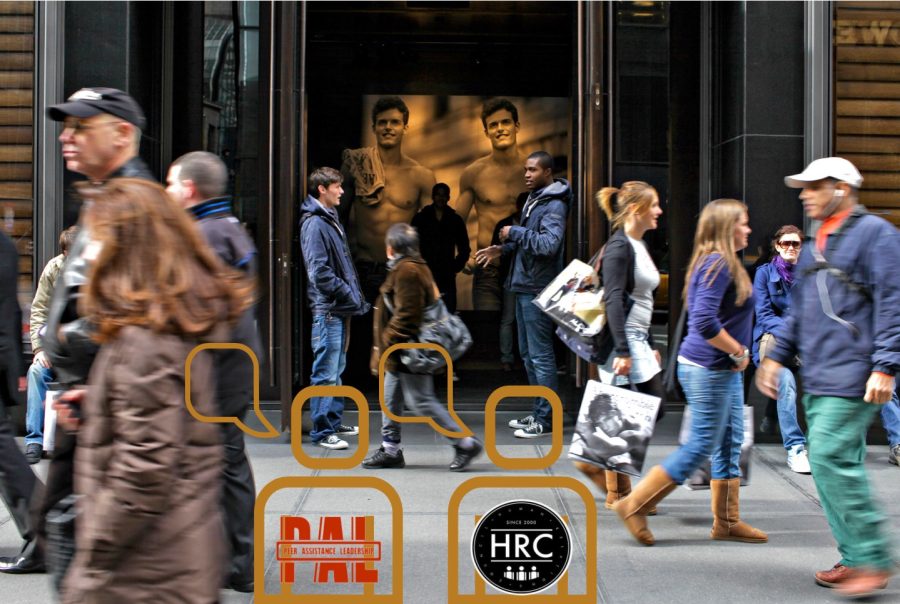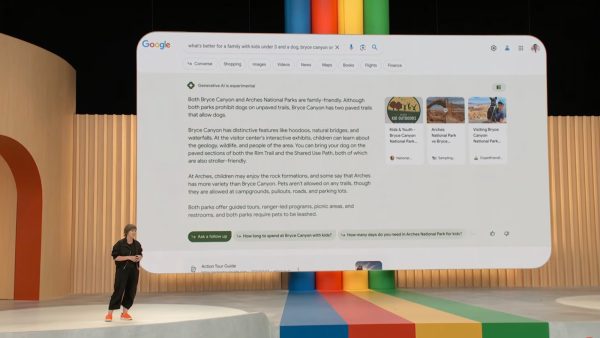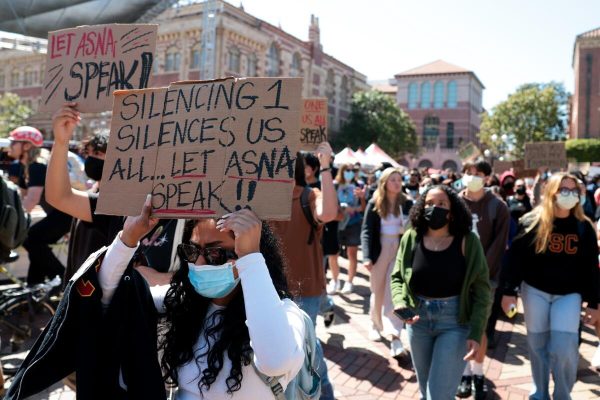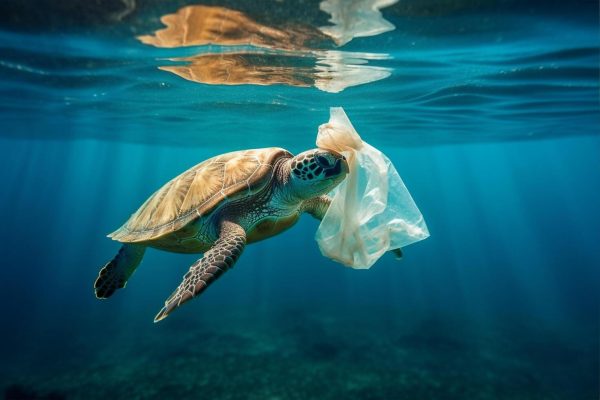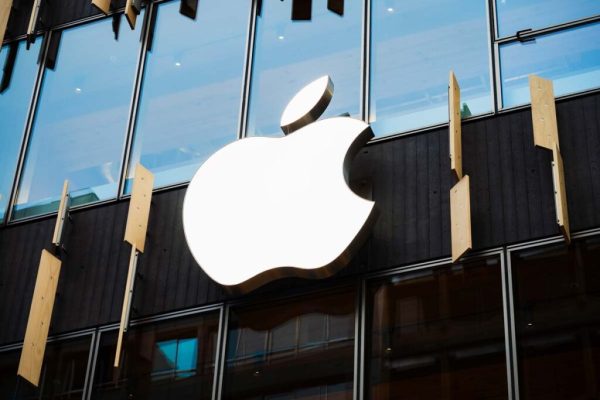Opinion: Is ‘White Hot’ the All American Dream?
In the late 90s and early 2000s, Abercrombie and Fitch was a brand that aimed, not to sell clothing, but to sell their version of the all-American dream. Fashion Marketing & Advertising Executive Alan Karo from the documentary ‘White Hot: The Rise & Fall of Abercrombie & Fitch’ said “the clothes themselves were nothing special, but it was the label on the clothes and Abercrombie across your chest that was almost like a badge of distinction.” What former CEO Mike Jeffries was able to create was a brand where all-American was the face of his campaign. For him, however, all-American meant all white, all popular, and all beautiful only. Despite the exclusion, “there [was] a reason why people liked that brand…because exclusion is part of our society” said Benjamin O’Keefe (Activist & Public Speaker featured in ‘White Hot’). For many years, being anything else was wrong, because in Jeffries’ world-one everyone wanted to be a part of-, all-American meant Abercrombie was a brand for only the best.
When style translated to how well people could fit in, Abercombie and Fitch were able to turn exclusivity into the most popular trend of the early 21st century. Starting with guidelines for their employees’ appearance, race, and popularity; it was made clear early on that Abercrombie and Fitch was not for everyone. Many managers in Netflix’s new documentary, “White Hot” expressed how uncomfortable they felt having to turn down candidates simply because they did not represent the “perfect image of an all-American youth” said Dr. Anthony Ocampo (Former Store Employee featured in ‘White Hot’).
Over the past month, CdM’s leadership groups have begun their application process, welcoming students to apply to their institutions; student leaders from PAL and HRC commented on the A&F scandal.
PAL member Amelia Clark responded to the situation saying “it would be quite shocking to be in a workforce that doesn’t allow diversity” and if she was put in a position to deny someone a job because of their appearance, “it wouldn’t be a company that [she] would want to work at.” PAL member Emily Chanawatr said “a lot of being a PAL is not only just being a part of this community…but also recognizing when maybe it isn’t perfect and maybe there needs to be a change;” that’s “part of the training that [they] do”. PAL is CdM’s Peer Assistance Leadership group and both Chanawatr and Clark agree that “if PAL did something like that [they] would not be someone interviewing people, [they] would be someone who might see this stuff and bring attention to it.”
HRC member Nil Kantaroglu is a member of HCR, CdM’s Human Relations Council. HRC is “committed to making CDM a more tolerant, loving, and supportive environment for all students.”(HRC mission statement). Kantaroglu commented that “diversity in schools allows the development of diversity in the workforce.” Allowing students to be “in an atmosphere that values diversity-living amongst other cultures- makes accepting peoples’ differences far more common later in life.” This allows students who will soon enter the workforce to be “more included to see others’ points of view;” that is what she hopes to inspire.
After so many brushes with scandal in the past, Abercrombie & Fitch has essentially tarnished their brand and reputation profusely. This could ultimately be why their brand has taken a hard hit because ‘white hot’ has fallen out of style. Clark believes that “even if their brand had been evolving, had they continued to stay in fashion… there’s a lot of influence from celebrities and from social media and…[the scandal] would have been brought to attention again…” Chanawatr chimed into this conversation by saying “[she hopes] people decide not to shop there because of what happened.”
With two of CdM’s most influential clubs speaking up about the discrimination of this scandal, the CdM community can gauge just how much has changed in the sense of cultural appropriation. Chanawatr believes that although this awareness has been shared with the world, “there is still a divide in the diversity and culture of America and… there is still work to be done,” starting with school atmospheres. Pushing for a positive outcome of herd mentality for this cultural divide, she explains that throughout history “…all it takes is one person and some other people are like ‘hey maybe [they will] join’ and then…a change is made.”


